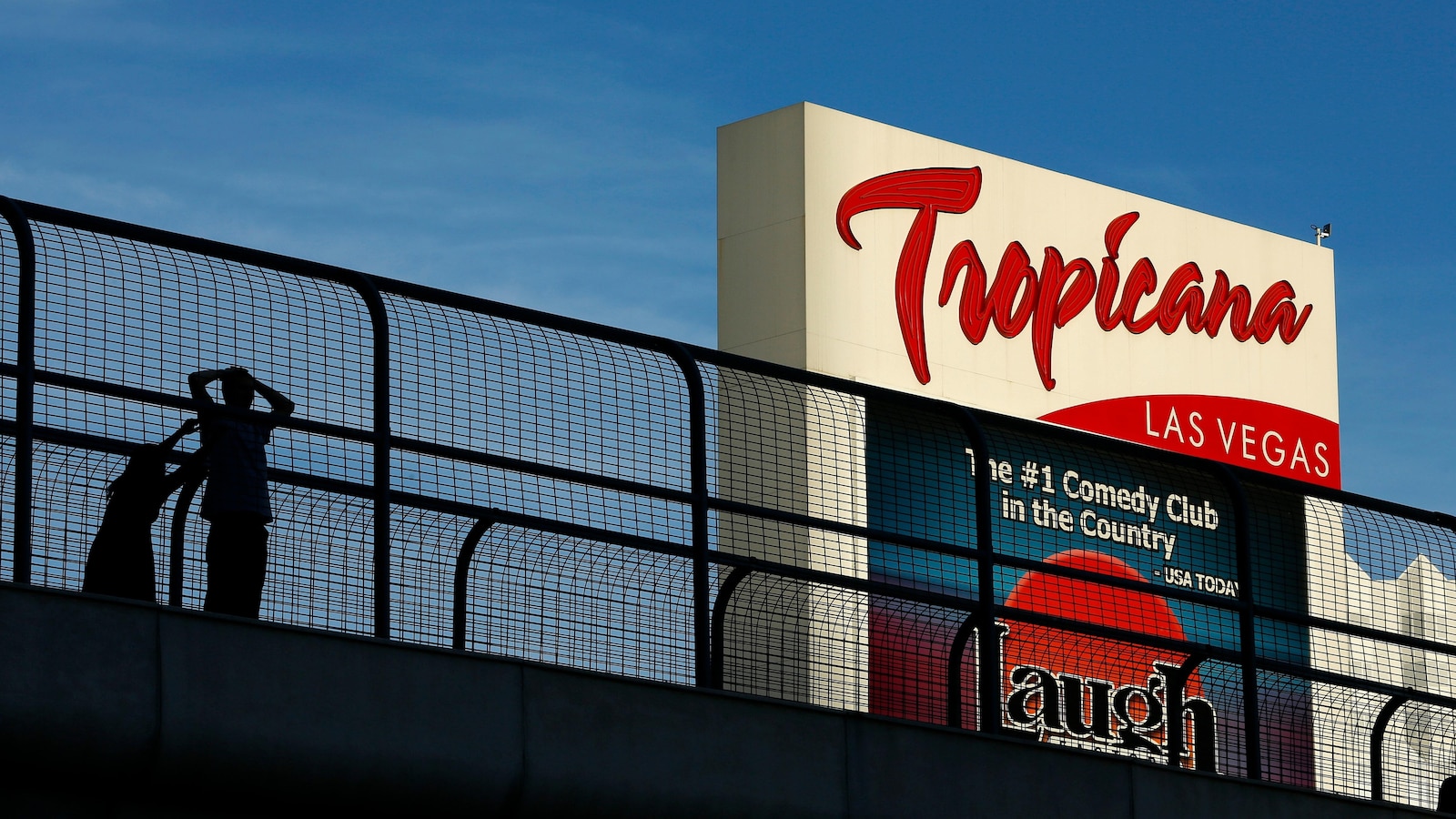The Global Spread of a Symbol of Solidarity with Palestinians
In recent years, a symbol of solidarity with Palestinians has gained significant traction across the globe. This symbol, known as the keffiyeh, has become an emblem of support for the Palestinian cause and a visual representation of the ongoing struggle for justice and freedom in the region. Its widespread adoption by people from various backgrounds and cultures highlights the global recognition and empathy for the Palestinian people.
The keffiyeh, a traditional Middle Eastern headdress, has a long history rooted in Palestinian culture. It is a square-shaped scarf made of cotton, typically adorned with a distinctive black and white checkered pattern. Traditionally, it was worn by Palestinian farmers and shepherds to protect themselves from the harsh desert climate. Over time, it became a symbol of Palestinian identity and resistance against occupation.
The global spread of the keffiyeh as a symbol of solidarity began in the late 20th century, coinciding with the rise of the Palestinian liberation movement. As news of the Israeli-Palestinian conflict spread worldwide, people from different countries started wearing the keffiyeh as a sign of support for the Palestinian cause. Activists, celebrities, and politicians alike donned the keffiyeh, using it as a powerful visual tool to raise awareness about the plight of Palestinians.
One of the key factors contributing to the keffiyeh’s global popularity is its versatility. The scarf can be worn in various ways, making it accessible to people from different cultures and fashion preferences. It can be wrapped around the neck, draped over the shoulders, or even used as a head covering. This adaptability has allowed individuals to incorporate the keffiyeh into their personal style while simultaneously expressing their solidarity with Palestinians.
The keffiyeh’s symbolism extends beyond its fashion appeal. It represents a shared struggle against oppression and injustice. By wearing the keffiyeh, individuals are making a statement against the Israeli occupation and advocating for the rights of Palestinians. It serves as a visual reminder that the Palestinian struggle is not isolated but resonates with people worldwide who believe in justice and equality.
Social media has played a crucial role in the global spread of the keffiyeh as a symbol of solidarity. Platforms like Instagram, Twitter, and Facebook have provided a space for individuals to share their support for the Palestinian cause and showcase their keffiyeh-wearing experiences. The hashtag #KeffiyehSolidarity has gained popularity, allowing people to connect and amplify their voices in support of Palestinians.
However, it is important to acknowledge that the keffiyeh’s adoption by individuals outside of the Palestinian community has sparked debates and controversies. Some argue that wearing the keffiyeh without understanding its historical and cultural significance can be seen as cultural appropriation. Others believe that it is a powerful tool for raising awareness and showing solidarity. These discussions highlight the need for respectful engagement and understanding of the symbol’s origins and meaning.
In conclusion, the global spread of the keffiyeh as a symbol of solidarity with Palestinians reflects the growing recognition and empathy for their struggle. Its versatility, symbolism, and social media presence have contributed to its popularity among people from diverse backgrounds. While debates surrounding cultural appropriation persist, the keffiyeh continues to serve as a visual reminder of the ongoing fight for justice and freedom in Palestine.



